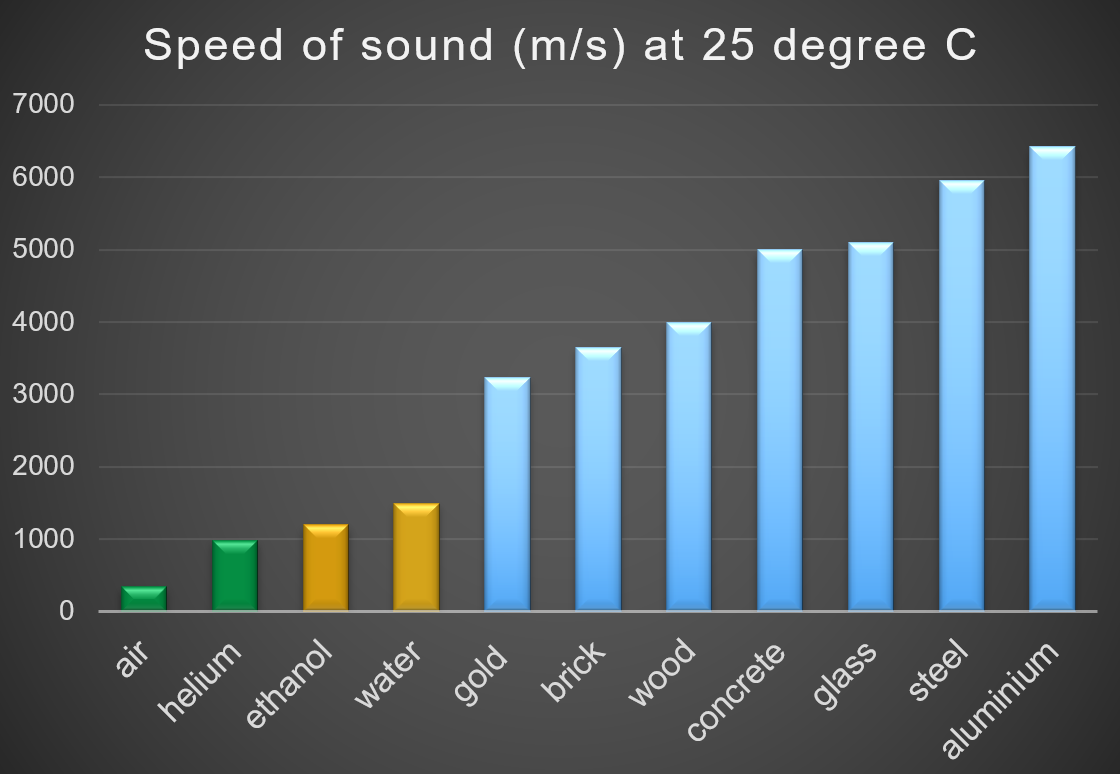Sound Advice | Loudspeaker placement part 3: Low frequency resonance
In this episode, we talk about low frequency structural resonance, which can wreak havoc on the clarity and intelligibility of your sound system.
Today's Lesson
Low frequency sounds have very long omnidirectional wavelengths that are powerful enough to make concrete slabs, walls, and ceilings vibrate. Such structure-born vibrations are called ‘diaphragmatic resonances’, which often compromise the perceived low frequency definition. These resonances travel very efficiently via building structures and therefore, in most constructions, low frequencies can be heard - and/or felt very far away from the PA system.

If there is little you can do about this transmission phenomenon, be cautious of the level of low-end in your PA system, and do not forget to evaluate if a cardioid subwoofer solution would be appropriate.
A cardioid subwoofer arrangement employs both front- and rear-firing transducers, and through some clever use of spacing, delay, and polarity, a cancellation of the rear-firing energy is created behind the subwoofer, while also enhancing the forward-firing energy.
The single QSC KS212C or two KS118 active subwoofers are able to radiate 15 dB higher level at the front than at the rear, which significantly minimizes the amount of low frequencies radiated behind the subwoofer, as well as reduces the energy that will potentially travel through the building structure.
For more lessons and videos, see our QSC YouTube page.